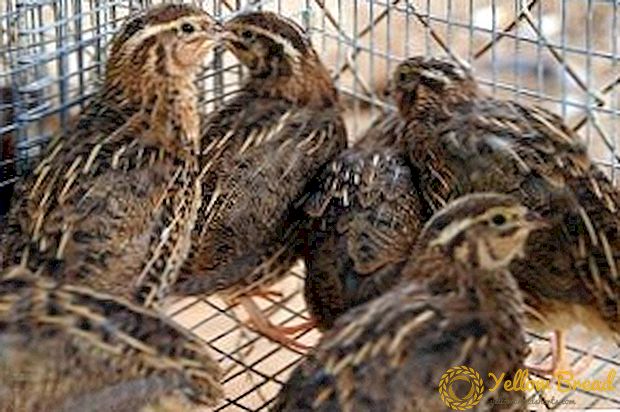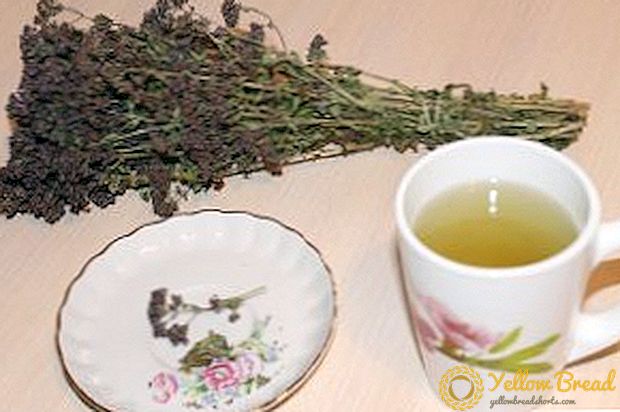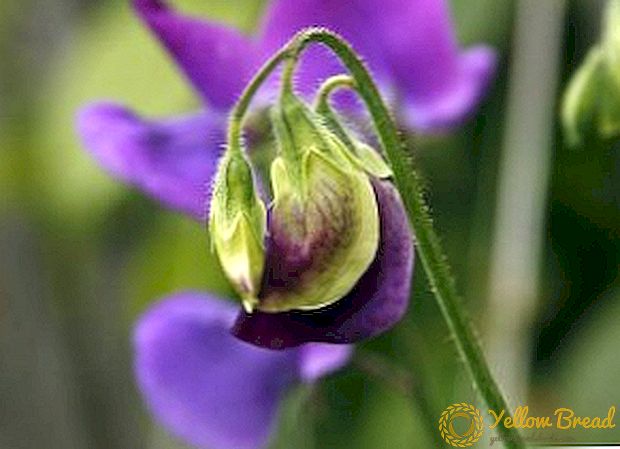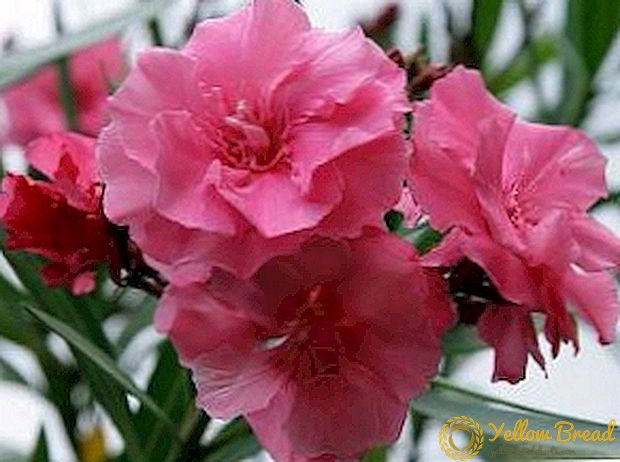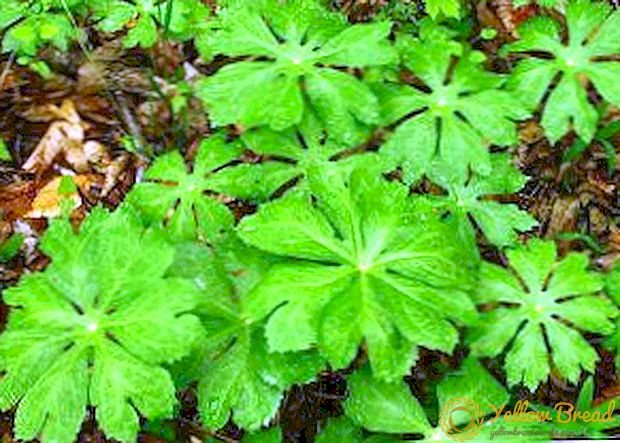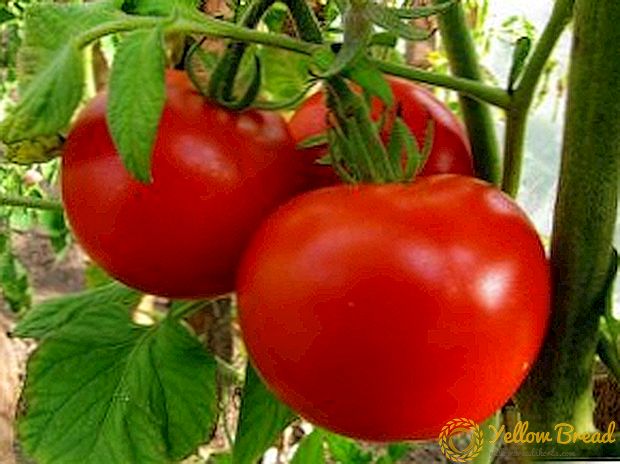 Mulching is a method of protecting the soil to improve its properties. And not only - the mulch performs other important functions required for growing garden crops, in particular, tomatoes. Correctly and in time, the mulching of tomatoes in the open field is carried out - it saves your strength in taking care of the beds and guarantees a good harvest.
Mulching is a method of protecting the soil to improve its properties. And not only - the mulch performs other important functions required for growing garden crops, in particular, tomatoes. Correctly and in time, the mulching of tomatoes in the open field is carried out - it saves your strength in taking care of the beds and guarantees a good harvest.
- Mulching tomatoes in the open field - the advantages of the process
- Types of mulch for tomatoes in open ground
- Organics
- Inorganic mulch
- How to and when to mulch tomatoes in open ground
- Unsuitable Types of Tomato Mulch
Mulching tomatoes in the open field - the advantages of the process
The advantages of mulching tomatoes in the open field:
- protection of roots from drying out and overheating - mulch retains moisture;
- protection from weeds and pests;
- protection from pollution and some diseases by direct contact with the foliage and fruits of the soil - serves as a layer between them;
- saving of time and labor costs for care - under the mulch the land does not need to be loosened and weeded, the number of waterings decreases;
- soil enrichment with useful organic compounds (if the mulch is organic);
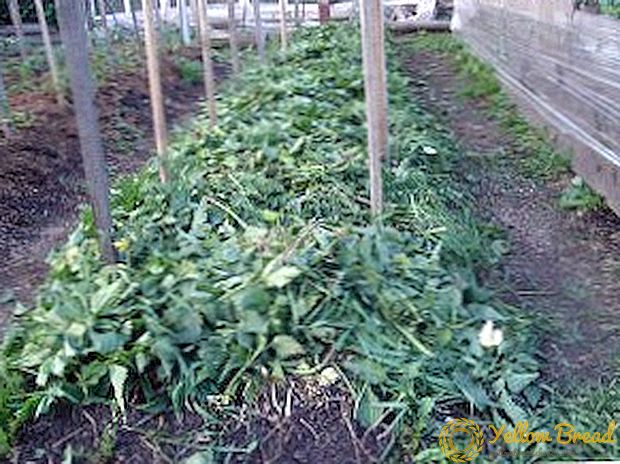 acceleration of ripening tomatoes - for 7-10 days;
acceleration of ripening tomatoes - for 7-10 days;- yield increase - up to 30%.
Before mulching tomatoes in the open field, you need to decide what you will do.
Not all known and long-tested tools are suitable for this.
Types of mulch for tomatoes in open ground
Today, you can choose how to mulch tomatoes in the open field - along with the usual organic mulch that has always been used, synthetic agro-materials have appeared.
Organics
Excellent option - mulching tomatoes in open ground with organic substances. It is humus, a mixture of manure with straw, hay is also used as mulch, sawdust, coniferous foliage. These are environmentally friendly natural substances that not only retain moisture, create protection, but also feed plants with a set of elements useful for growth and development. In addition, they are cheap and affordable, and anyone can cook them.Before mulching the soil with sawdust, you need to mix them with compost in a 1: 1 ratio. Such a mixture will perfectly retain moisture, nourish the tomatoes and enrich the soil. But the land with sawdust for tomatoes without compost can increase the acidity of the soil, which is not desirable. The same applies to pine needles - they are also mixed with compost to avoid oxidation of the earth.
Inorganic mulch
 What is inorganic soil mulching for tomatoes? it use as a mulch of synthetic covering fabrics. Such as - ruberoid, spunbond, special color film - black, red. In principle, all these materials are suitable for tomatoes, but you need to take into account that they do not allow air to pass through, and this can lead to overheating and the appearance of putrefactive lesions. Therefore, from time to time the coating is removed for ventilation of beds, in hot, dry weather they are not used at all. Well and, moreover, mulching with roofing material and film does not bring tangible benefits to tomatoes, since such mulch does not contain any substances useful for plants.
What is inorganic soil mulching for tomatoes? it use as a mulch of synthetic covering fabrics. Such as - ruberoid, spunbond, special color film - black, red. In principle, all these materials are suitable for tomatoes, but you need to take into account that they do not allow air to pass through, and this can lead to overheating and the appearance of putrefactive lesions. Therefore, from time to time the coating is removed for ventilation of beds, in hot, dry weather they are not used at all. Well and, moreover, mulching with roofing material and film does not bring tangible benefits to tomatoes, since such mulch does not contain any substances useful for plants.
Spunbond for soil mulching - it is preferable to the listed materials, as it is a "breathing" cloth that allows air and water to pass through, but also does not contain, unlike organic matter, nutrients. But on the other hand, all the "synthetics" are good for the northern regions - it perfectly retains heat and contributes to the preservation of plants from freezing.
How to and when to mulch tomatoes in open ground
 Organic mulch is laid out loose (without tamping) a layer of 4-5 cm, leaving a small space around the stalk for watering. The time when you need to mulch tomatoes in the open ground - immediately after transplanting.
Organic mulch is laid out loose (without tamping) a layer of 4-5 cm, leaving a small space around the stalk for watering. The time when you need to mulch tomatoes in the open ground - immediately after transplanting.
Synthetic mulch is placed on the bed before planting.
Unsuitable Types of Tomato Mulch
Gardeners are often interested in the question whether it is possible to mulch with freshly cut grass, newspapers, cardboard, rice, buckwheat husks. Experts say it is better not to do this.
Here are the main answers to the questions about whether you need to mulch tomatoes, when and what to do, if you want to have healthy, early ripening, large tomatoes. Mulch for tomatoes - an indispensable condition for their successful cultivation. This is absolutely not a costly way to get a good harvest, the main thing is to do everything in time and correctly.

 acceleration of ripening tomatoes - for 7-10 days;
acceleration of ripening tomatoes - for 7-10 days;